How to properly water a violet (saintpaulia)?
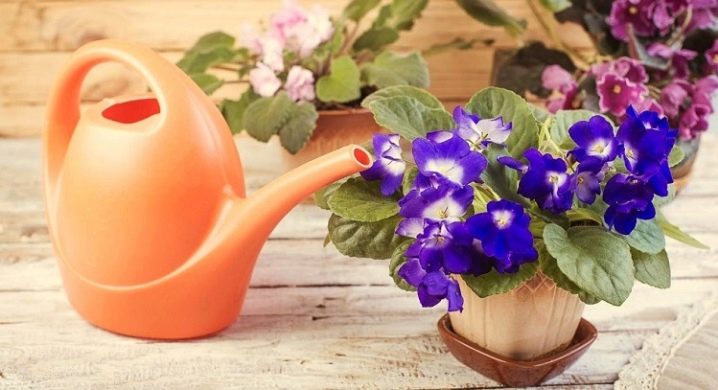
Saintpaulia, or Uzambara violet, in general, although it has nothing to do with violets, flower lovers call it just that. Therefore, further in the text we will also use this name familiar to everyone - violet. Most fans of indoor mini-parks want to have it in their collection. She delights aesthetes. Today, 8500 varieties have been registered, striking in color.
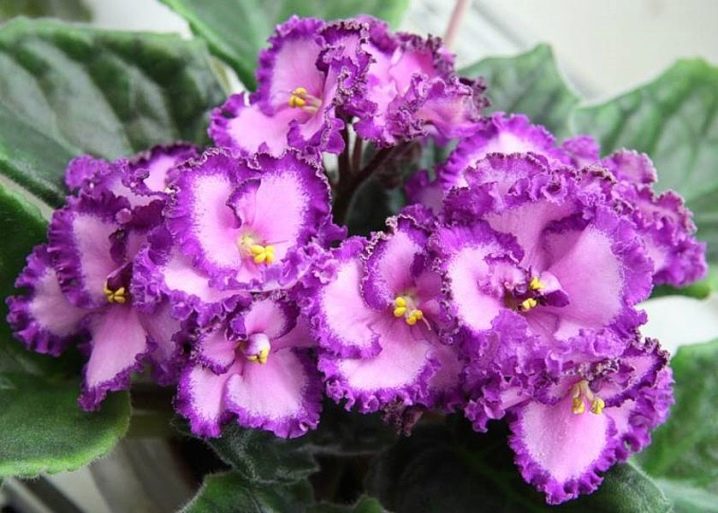
Peculiarities
This beauty needs careful care. Born in the Ulugur and Uzambar mountains of Tanzania, where warmth and moisture reign, in local latitudes she does not live in open spaces. When growing in apartments, it requires certain knowledge and skills.
It does not cause allergies, flowers are odorless. Being in the children's room will not provoke an exacerbation of the disease in an allergic or asthmatic person. Releases phytoncides that kill and inhibit the growth of disease-causing bacteria. With proper care, it blooms for 10 months a year.
It is often confused with the flowers of the violet family called Pansies, which grow in gardens and forests. They are unpretentious, grow well in northern regions, continental climates, tropics and subtropics, at high altitudes in mountains and river valleys. A native of Africa, Saintpaulia, has no family ties with them.
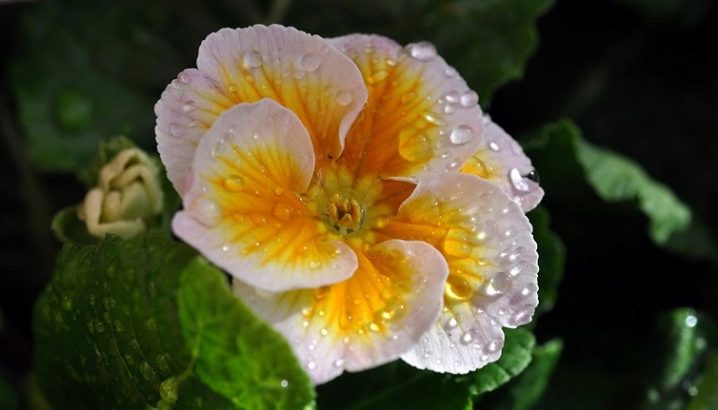
Watering frequency
The unexpected death of an African guest is caused by improper care. You should especially monitor the violet watering regime. Watering frequency depends on many factors, which we will discuss below. However, there is a general rule - irrigation is done as the upper soil layer dries out.
Stagnation of moisture in the rhizomes should not be allowed, as this causes them to rot, and then - the death of the plant.
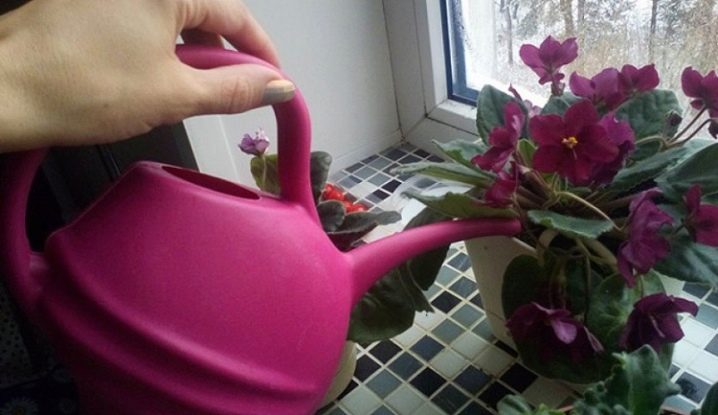
Which water is suitable
For humidification, soft water is suitable, two degrees above room temperature. This flower should not be watered with cold solution. Using rainfall or melting snow is impractical and harmful. The ecology of many cities and regions is not always suitable for this. Most of the elements from the periodic table fall on the continent with atmospheric phenomena, and not the most useful.
Centralized water supply to houses is produced with an increased level of calcium, magnesium, and sulfates bicarbonates. The water hardens and leaches the soil. The earth changes its chemical composition. From slightly acidic, favorable for violets, it goes into neutral or has an increased alkalinity. It also provokes the death of the plant.
Moistening with a distilled solution is not a good option. Distilled water is sterile, without salts, therefore it actively absorbs them from the soil. Its constant use leads to the depletion of the land. Such water washes out all salts - both harmful, leaching the surface, and useful, for example, fertilizers applied for feeding. The plant is hungry. It grows and blooms worse.
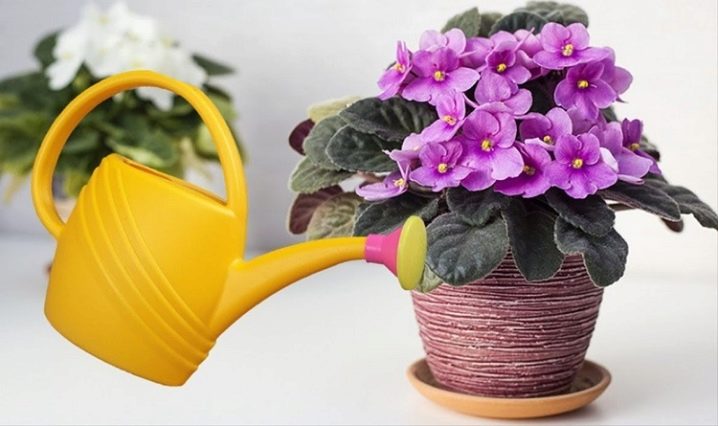
The softness of water is reached by boiling. Most of the salts will precipitate. The resulting liquid must be acidified. Constantly pouring such a cocktail is undesirable.
But there is still a solution to the problem: to defend the life-giving moisture running from the tap:
- we take a clean container and fill it with tap water;
- cover the dishes loosely and stand for two days at rest;
- heavy metal salts and impurities will settle to the bottom, and most of the chlorine will evaporate;
- it is reasonable to use only 2/3 of the received volume, and pour out the remainder with the settled toxic components.
Once every 6 weeks, pour boiled water over your pet. Add a pinch of citric acid or 1 teaspoon of apple cider vinegar per liter.
Irrigation is carried out strictly along the edge of the pot so that the liquid does not get on the leaves.
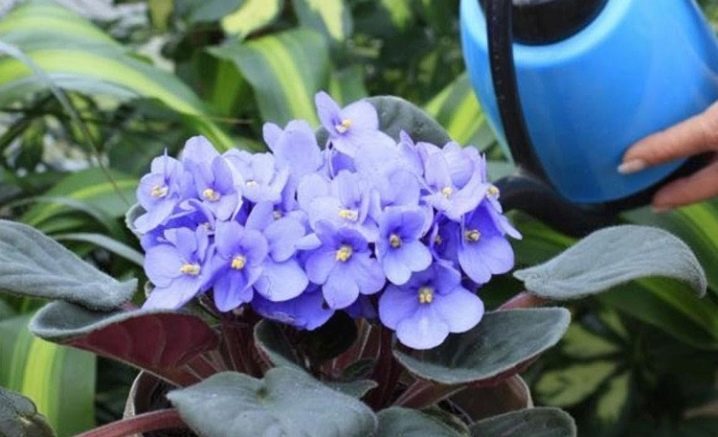
Fundamental rules
There are certain rules for keeping violets at home, one way or another associated with the regime of their watering.
Room temperature. It is recommended at 18–24 ° С, not lower. The flower does not like sudden changes in temperature and draft. The hotter it is in the room, the more often he needs a watering hole, but as the soil layer dries out.
Illumination. Violet does not tolerate direct rays of the sun, burning delicate leaves, but loves bright light. We place it near the windows facing east and west. If the flower stands by the window, looking on the sunny side, it is required to shade in the summer with a light curtain or to transfer it to the shade for a while. In winter, we install fluorescent lamps, providing 13-14 hours of daylight hours. This will have a beneficial effect on flowering.

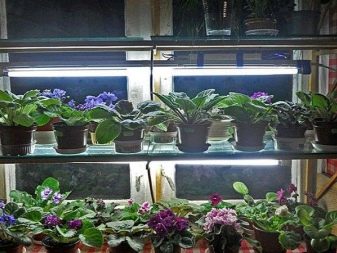
Reducing daylight hours slows down the absorption of light by the leaves. Growth slows down, the flower enters the resting phase. The need for irrigation is decreasing.
In case of sunlight in the summer, late spring and in the first half of autumn, it should be moistened from the morning before the onset of heat. In winter, late autumn and the first months of spring - during the day. When lighting with lamps, you can drink at any convenient time, but it should be unchanged.
The pot must be periodically rotated around its axis so that the leafy rosettes and buds are illuminated evenly and do not become one-sided.
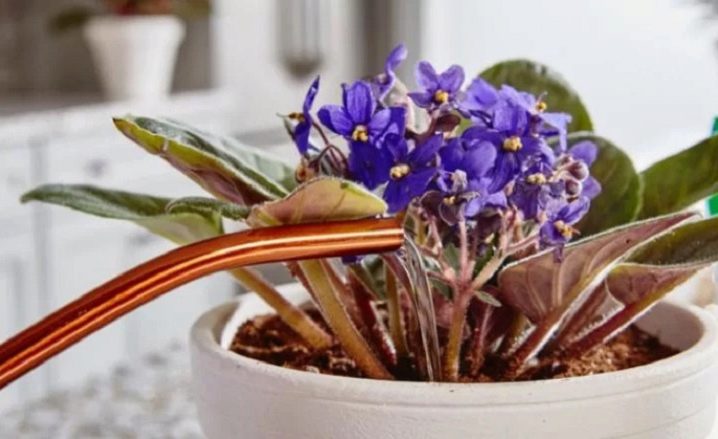
Indoor humidity. In nature, the violet lives near streams and waterfalls, where the atmosphere is saturated with water dust by 60–70%. A home humidifier helps to enrich the air with moisture. If it is not there, we place the bowls with water near the plants. Alternatively, you can use a pan with wet hydroponics or porous granules. In the last decade of spring, in summer and at the beginning of autumn, when the air is dry, abundant watering is required.
Soil composition. The soil base is best loose, with coarse fibers. The plant absorbs nutrients slowly and little by little. You can buy land for saintpaulia in the store. It is more interesting to make your own land composition. Add baking powder - river sand and moss to the soddy coniferous and peat mixture in a ratio of 3: 2: 1: 1.
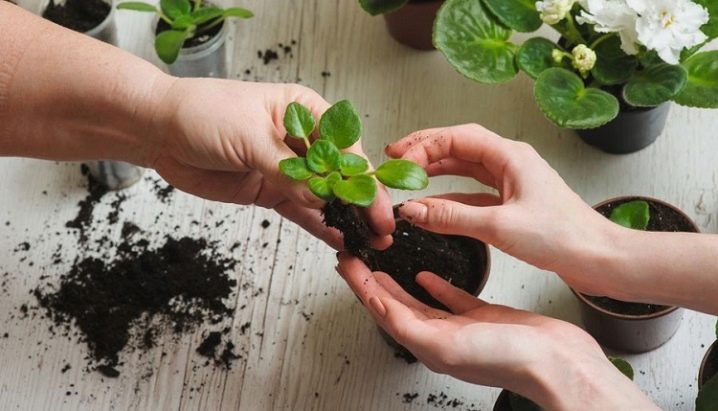
Moisture capacity, air permeability, lightness, acidity in the range of pH 5.5–6.5 serve as an ideal soil basis for healthy development and flowering of violets. The surface layer of the substrate must be constantly wetted. It should be porous, breathable, moisture permeable.
The main thing to take into account is that elastic soil retains moisture more and for a long time, and loose soil contains more oxygen, is very hygroscopic.

In addition, the period of plant development affects the watering regime.
- Blooming violet. During the period of active flowering, we saturate the ground substance with an increased volume of liquid. A healthy body requires increased nutrition and moisture. A young person without buds or a sick person needs less.
- Age... A young bush requires constant spraying. Ripe is moistened when the top of the soil is completely dry. It tolerates drying out of the soil more easily than waterlogging.
- Root volume. Large, medium, miniature violet rosettes have superficial, underdeveloped roots and root processes. Widely overgrown roots dry the soil faster. This volume of roots needs to be watered more often and more.
- The size of the flowerpot and its composition. The optimal choice is low, small pots made of red clay. In them, moisture evaporates through the pores in the walls. In plastic counterparts, the roots develop poorly. Such products are more airtight and stay damp longer.It accumulates inside and waterlogs the entire lower part of the pot. The method and mode of drinking is more difficult to choose.
For adults and large bushes, a flowerpot more than 9-11 centimeters is not required. In large ones, there is more soil and it dries up more slowly.
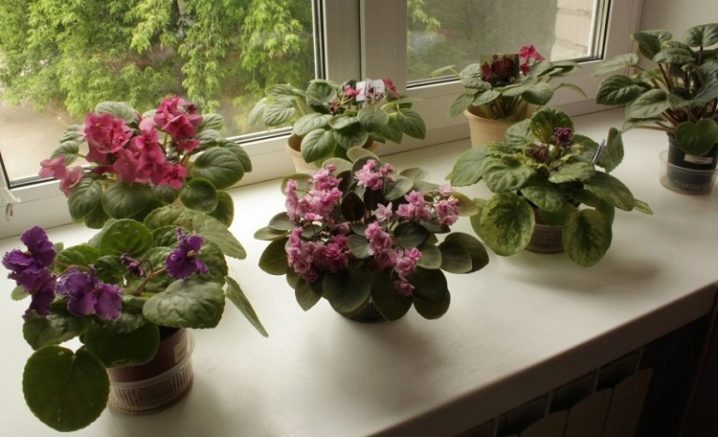
The ways
There is no single correct watering method. Spraying is decidedly unacceptable. The fleecy leaves retain moisture. This provokes fungal diseases.
There are three main methods. We choose according to our wishes and possibilities.
- Top, or drip.
- Pallet.
- Wick.
Drip - a classic option, but carries the risk of waterlogging. A watering can with a narrow spout delivers water directly under the stems. We try not to hurt the leaves, otherwise they will die. The use of improvised means - a syringe without a needle, a syringe - minimizes this risk. Ideal for miniature specimens.
An alternative is to use a pharmacy drip system. The solution flow is regulated by the delivery of water droplets directly to the root stems. When monitoring the system, waterlogging is excluded. Wetting occurs evenly.
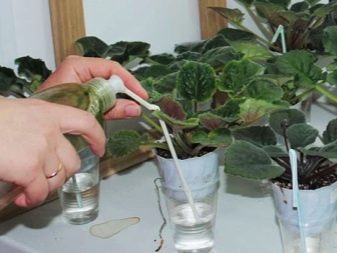
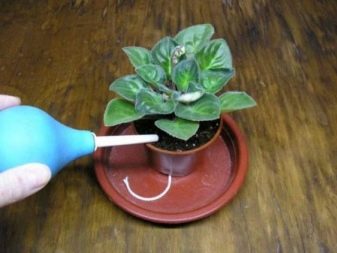
For pallet watering, water is poured into the tray, the pot is immersed to a quarter of its height. They are waiting for the soil to darken. This is a sign that there is enough moisture. The light shade warns of unquenched thirst.
Several plants cannot be watered at the same time. Sick specimens will infect healthy neighbors. The method is critical in the cold season, when the violet hibernates by a window that does not retain heat. Cold water is death for a visitor from the tropics.
An alternative is to immerse the pot 2/3 of its height in a container with water heated to 36–40 ° C. Darkening of the substance indicates saturation. We take out the pet and transfer it to its place. Suitable for mature shrubs. The disadvantage is the inability to remove toxic components from the soil.
Making a wick irrigation system is easy. It is better to take the cord from synthetic material. We pass it through the hole at the bottom of the pot and place it in the lower part by 1/3 of the height of the container. Sprinkle with earth. Pull the other end down through the same hole so that it comes out. We plant a flower in a flowerpot. Pour water on top until it starts to come out through the drainage holes into the pan. This brings the wick into working order. Place the pot with the plant on a moisture tank. We lower the cord from the drainage window into it.
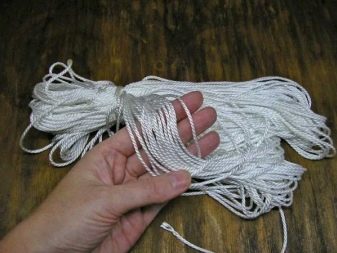
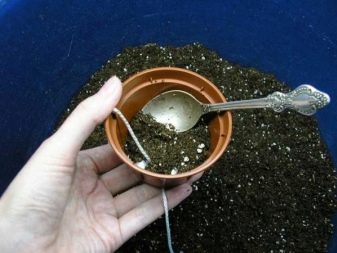
The bottom of the pot is set 2-3 centimeters above the water level. An air cushion separates it from the surface of the liquid. Moisture rises along the wick to the roots.
Advantages of the design - flowers quench their thirst themselves. If necessary, it is permissible to leave them uncontrolled for a long time. You can water many plants at the same time using a large diameter water container.
Disadvantage - you can design a system immediately before planting a seedling... It is undesirable to use in the cold period if the flowers overwinter on the windowsill.
The liquid in the vessel is cooled abruptly, and the cold brings them death.
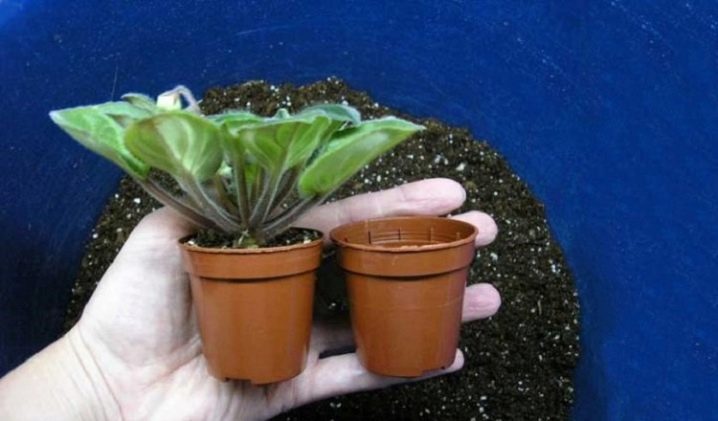
Lack of water
Irregular and poor watering slows down the development of the plant. Flower rosettes become small or fall off, immunity weakens. Leaves turn yellow, dry, curl. Small roots die off, and the rhizome cannot fully nourish the plant.
The soil substance dries up, cracks, lags behind the walls. When watering, the middle part of the clod of the earth remains dry. Moisture escapes through the drain hole.
We save like this:
- place a pot with a bush for 1.5-2 hours in warm water;
- we enrich the pet with moisture;
- we take it out of the container and put it in a plastic bag;
- spray with water and transfer to the shade for a day, until the leaves become elastic.

What if the flowers are flooded?
If the bush is flooded, then the entire soil layer becomes wet. The roots stop breathing. The earth is compacted, the acidity rises. The underground part of the plant, including the root shoots, rots.
Resuscitation procedures:
- carefully, so as not to damage the root ball, remove the flower from the soil;
- remove rotten and poorly developed root processes, and wrap healthy ones with a paper towel and leave in this position for a day;
- preparing a new soil substance;
- moisturize it moderately.
- we dispose of the old soil, since it is most likely infected with fungus and mold;
- we sterilize the container, rinse it with boiling water and transplant the reanimated pet.
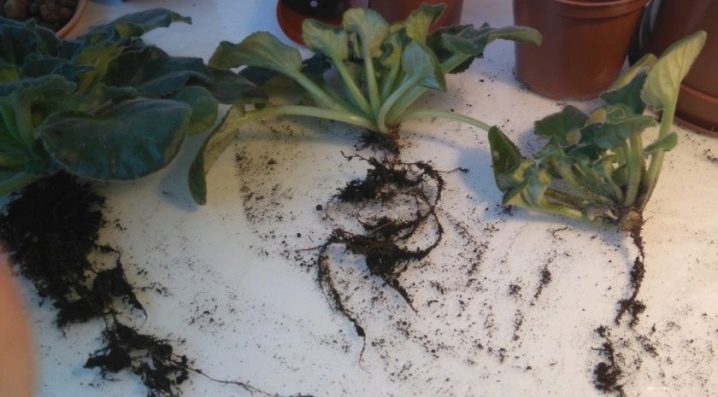
Overflow is more insidious than irrigation deficit. It happens that the top layer of the earth is dry, and the root layer is completely wet. The flower is withering away. Using a thin stick, carefully, trying not to destroy the network of roots, we pierce the soil to the bottom, and then make a decision on further actions.
If the water regime is violated, flowers can be saved... The main thing is to detect the signs of the disease in time. Abundant watering always alternates with good drying of the soil substance.
Healthy roots consume a lot of water and nourish the plant well. This is the key to plant health.
Errors in caring for a pet can be avoided when choosing any method of watering, if you inspect it daily.

How to care for a violet is described in the next video.































The comment was sent successfully.